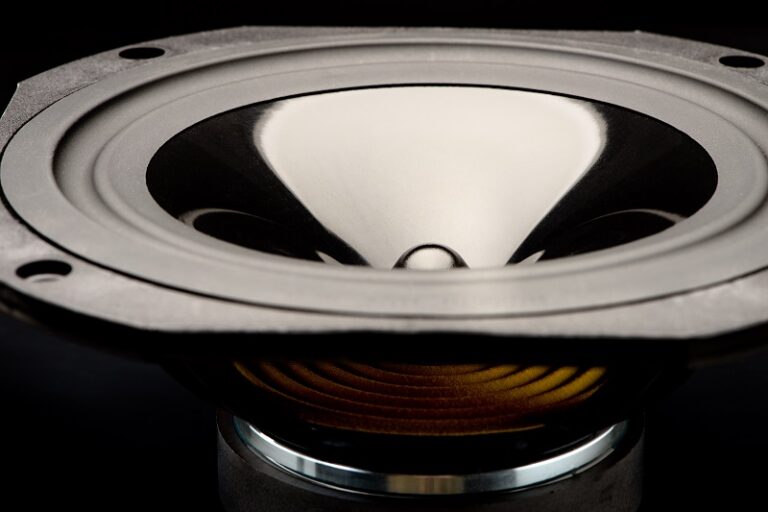no, BBC dip is based on how human react to the frequency. human likes BBC dip so speaker is designed to match that dip. Not other way around. of course, you can design or move the dip anywhere, that does not mean human like that non-BBC dip.

Audyssey Midrange Compensation – On or Off? – Denon and Marantz Receivers
Should you turn Midrange Compensation on or off? How do you know if your speakers need it? Let’s find out!
 simplehomecinema.com
simplehomecinema.com
" Since our ears are extra sensitive in this region to frequency and phase shifts, speaker crossovers between tweeters and midrange drivers can create harshness if this dip is not introduced. This can especially affect voices and therefore can be distracting."
1) the human ear is especially sensitive within that frequency range
2) this is a common frequency at which crossovers are often located
3) The crossover generated distortions are then interpreted by our ear as harshness - hence the BBC specified a dip at this frequency to reduce the harshness...BUT - this harshness only happens IF a crossover is located in that frequency range. - if there is no crossover, or the crossover is at a different frequency, then you bear the audible cost of the dip, without any of the benefits




